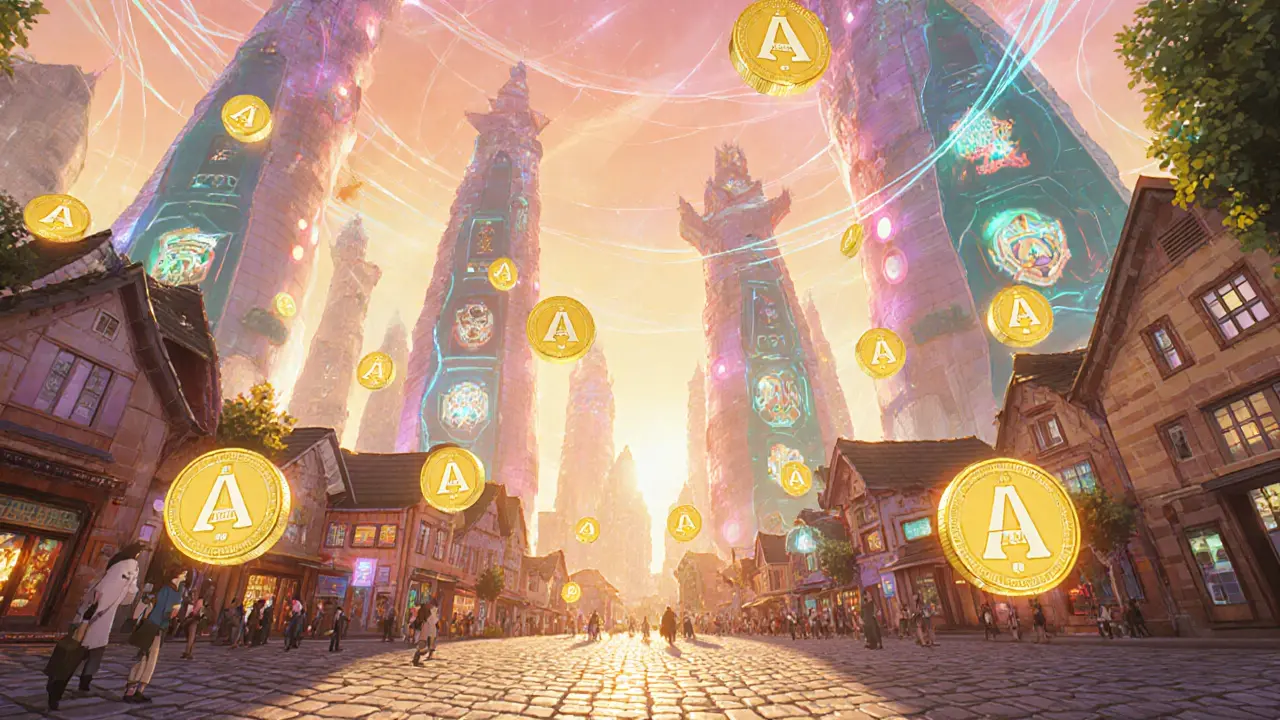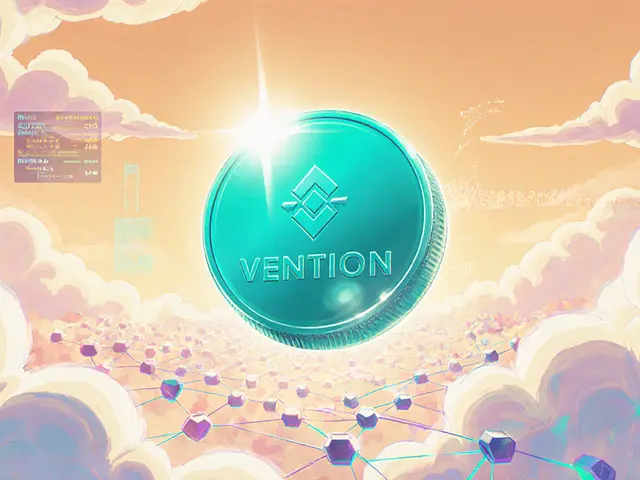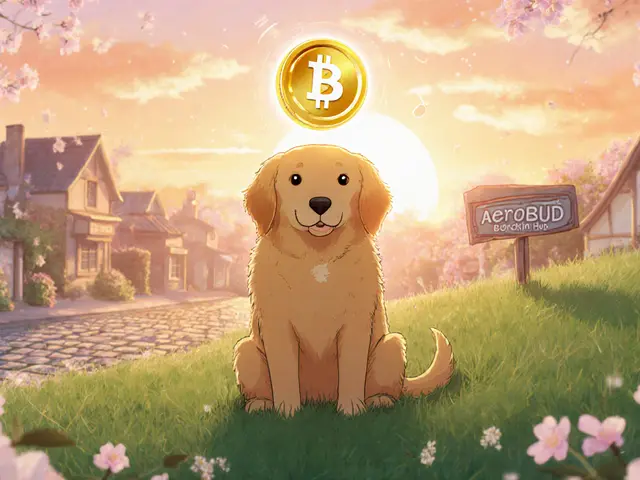Smart NFT: The Next‑Gen Digital Asset
When working with Smart NFT, a non‑fungible token that embeds programmable logic on a blockchain, allowing it to react to data or enforce rules without off‑chain servers. Also known as programmable NFT, it enables creators to build assets that can evolve, unlock features, or trigger actions automatically. Unlike a static image or simple token, a smart NFT can change its metadata, grant access, or even pay royalties in real time. This flexibility is what sets it apart from the classic NFT, a unique digital token stored on a blockchain that usually stays the same after minting.
Smart NFT technology is reshaping how we think about ownership, gaming, and event access. At its core, a smart NFT requires a token standard that supports on‑chain code. The most common choices are ERC-721, the original Ethereum standard for unique tokens and ERC-1155, a multi‑token standard that can batch both fungible and non‑fungible assets, cutting gas costs. Both standards expose a set of functions that developers can extend with custom logic, turning a plain NFT into a smart NFT.
Smart NFTs aren’t just a technical curiosity; they solve real problems. In event ticketing, a smart NFT can verify ownership, prevent scalping, and automatically refund buyers if an event is canceled. Platforms listed under “NFT ticketing” are already experimenting with these features, offering collectors a tamper‑proof proof of entry that can also unlock exclusive merchandise or post‑event content. In gaming, a smart NFT can grant in‑game abilities that evolve as the player progresses, creating a true play‑to‑earn loop that’s enforced by code, not a game server.
Why Smart NFTs Matter Today
Three semantic connections illustrate the ecosystem: Smart NFT encompasses programmable logic, Smart NFT requires token standards like ERC‑721 or ERC‑1155, and Blockchain enables smart NFTs’ immutability and trustlessness. These links mean that anyone building a dynamic asset must choose the right standard, write secure on‑chain code, and deploy it on a reliable network. The result is an asset that can interact with other smart contracts, pull in off‑chain data via oracles, and enforce royalties automatically.
Security is a key concern. Because smart NFTs run code, they inherit the same risks as any smart contract—bugs can be exploited, and gas fees can spike during heavy use. Understanding encryption, as covered in our guide on cryptocurrency encryption, helps developers protect private keys and sign transactions safely. Likewise, staying up‑to‑date with token‑standard updates prevents compatibility issues when networks upgrade.
Finally, the market is responding. Investors are spotting smart NFTs as a growth niche, especially where utility adds measurable value—think ticket resale platforms, dynamic art collections, and token‑gated communities. Our articles on token standards, NFT ticketing, and security give you the tools to evaluate projects, spot red flags, and participate confidently.
Below you’ll find a curated set of articles that dive deeper into token standards, ticketing use cases, and security considerations around smart NFTs. Explore the collection to see how developers are turning static tokens into interactive experiences, and learn how you can leverage this technology in your own projects.
What is Altura (ALU) Crypto Coin - A Simple Guide
Discover what Altura (ALU) crypto coin is, how its AI‑powered Smart NFTs work, token economics, market data, and how to get started in Web3 gaming.





